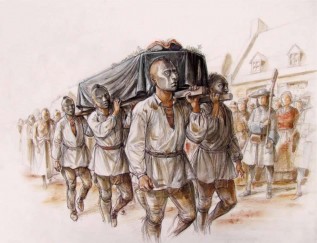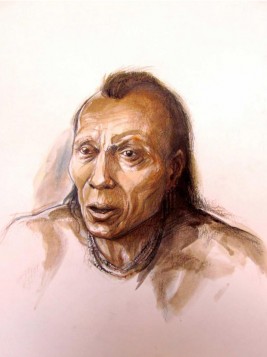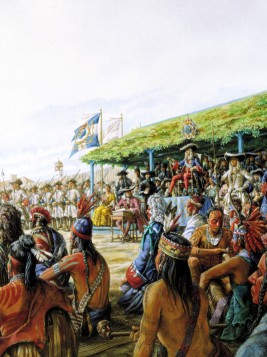People
Kondiaronk, broker of the Great Peace of Montréal
Huron Chief Kondiaronk (Gaspar Soiaga) was born around 1649 and is credited with being one of the principal brokers in the Great Peace of Montréal signed in 1701.
Conflicts between Amerindian nations and their respective allies, both French and English, have persisted for several decades when Kondiaronk’s diplomatic and military interventions defending the interests of his Nation rise to the forefront. The French nickname the great strategist “the Rat” in reference to the many ruses he uses to achieve his goals in negotiations with adversaries.
A tragic end
In 1697, negotiations begin to end decades of conflicts between the French and their Aboriginal allies and the Iroquois. By virtue of his leadership over the other Amerindian chiefs, Kondiaronk convinces them to send envoys to Montréal in the summer of 1701 to negotiate a peace treaty.
At the meeting of August 1, 1701, Kondiaronk, weakened by a fever that was afflicting a number of other Amerindian Chiefs touched by an epidemic that was spreading through Montréal at the time, makes a decisive speech. He is subsequently transported to Montréal’s Hôtel-Dieu hospital where he passes away only a few hours later.
Having been converted to Catholicism by the Jesuits, Kondiaronk merits a grand funeral organized by Louis-Hector de Callière on August 3, 1701 in Notre Dame Cathedral.
In addition to the Governor of Montréal and French staff officers, warrior chiefs and members of the clergy also make up the funeral cortege.
Kondiaronk is buried in Notre Dame. The day after the funeral, the Great Peace treaty is signed by the French and the First Nations.



